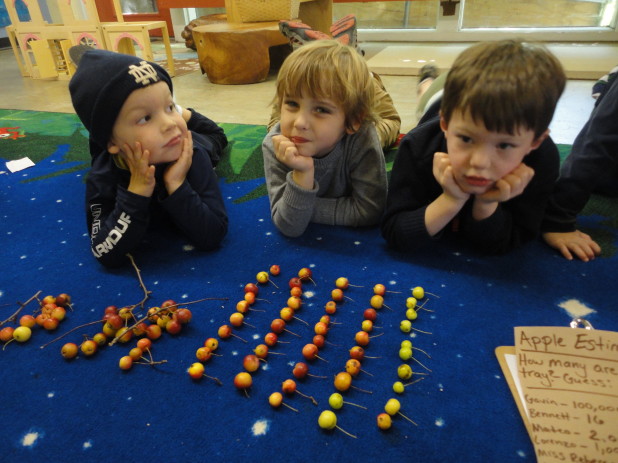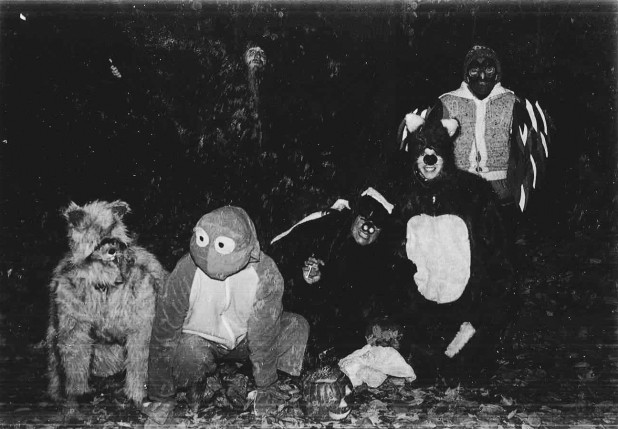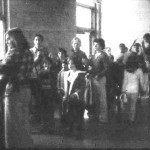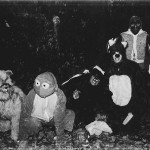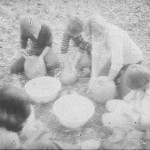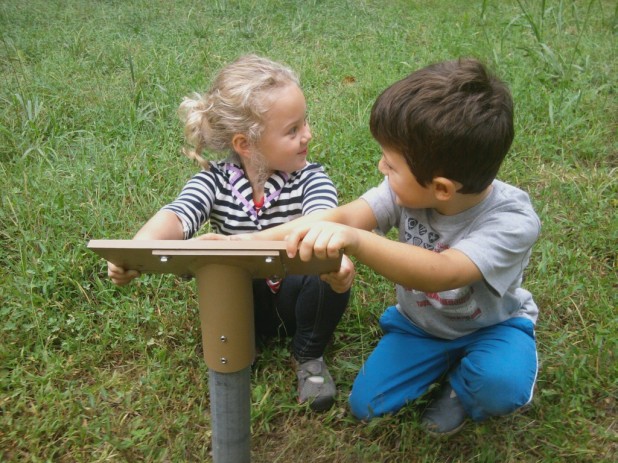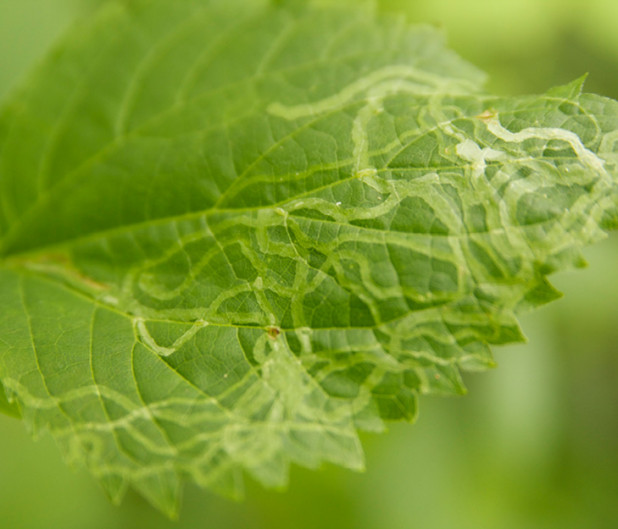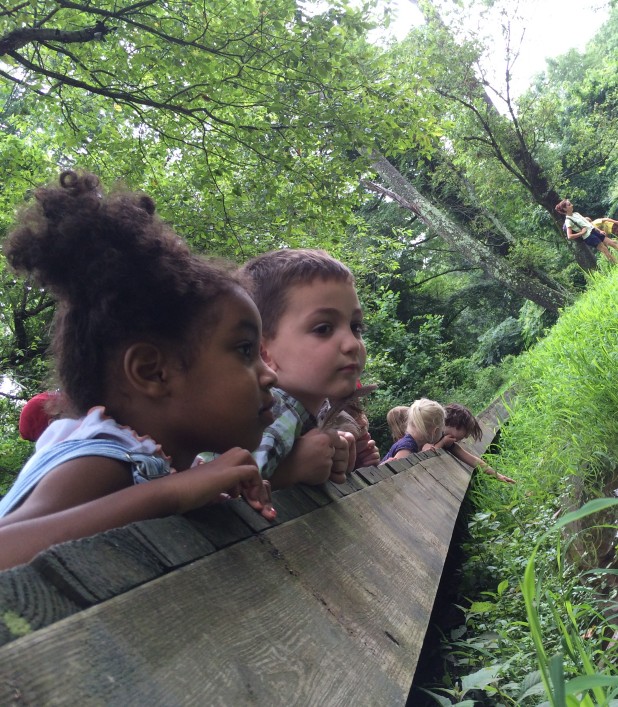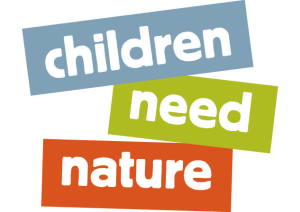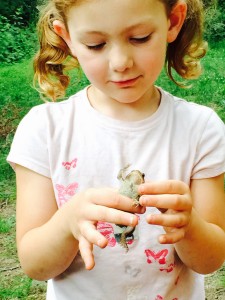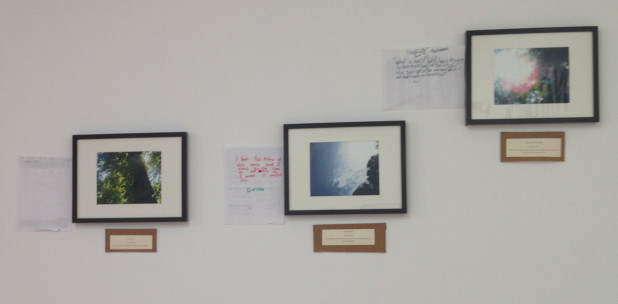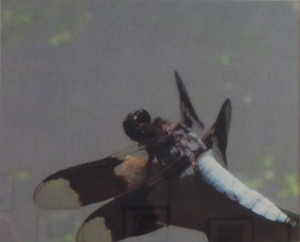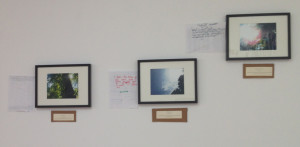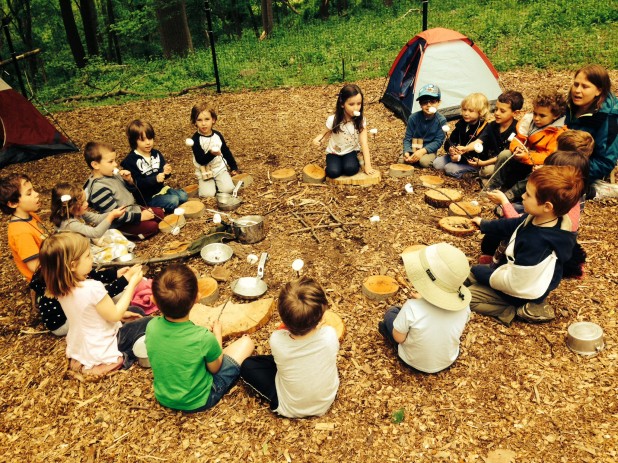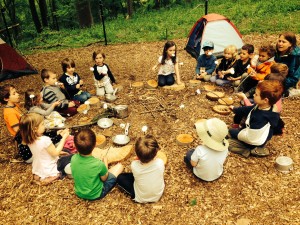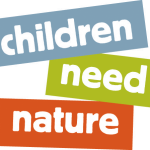 By Shannon Dryden, Preschool Manager and Sweet Gum Classroom Lead Teacher
By Shannon Dryden, Preschool Manager and Sweet Gum Classroom Lead Teacher
The beginning of the year at preschool means apples! For most preschools, this is also the case, but at Schuylkill Center Nature Preschool, an interest in apples developed from enjoying apples snacks to the preschoolers’ observations along the trails. Playing and exploring outside led to a deeper association with apples.
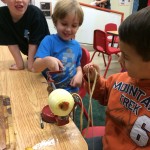 As both classes walked along various trails (getting to know our outdoor community), they started classifying the types of trees with their teachers’ help, by looking at the shape of the leaves, the bark, and branches. Inspired by the changing colors and fall, the children have also been talking about activities like apple picking, visiting a farm, and going on nature hikes with their families. We noticed children bringing in apples at lunch, which sparked conversations about where apples come from. This gave the class an idea – let’s visit the orchard. What you may not know is that the Schuylkill Center property includes a small intimate crab apple orchard that blossoms with color and fruit this time of year.
As both classes walked along various trails (getting to know our outdoor community), they started classifying the types of trees with their teachers’ help, by looking at the shape of the leaves, the bark, and branches. Inspired by the changing colors and fall, the children have also been talking about activities like apple picking, visiting a farm, and going on nature hikes with their families. We noticed children bringing in apples at lunch, which sparked conversations about where apples come from. This gave the class an idea – let’s visit the orchard. What you may not know is that the Schuylkill Center property includes a small intimate crab apple orchard that blossoms with color and fruit this time of year.
We asked the children what an orchard was and they shared many ideas including, “it’s a group of trees” or “I’ve been to an orchard. There are apples there!” We continued to guide the children in critical thinking by asking, “Where do apples come from?” Using this new interest in apples, we led the children through a special cooking activity for Back to School Night. We followed a recipe and enjoyed measuring, scooping, pouring, and mixing the ingredients. Each class used an apple peeler and corer and combined cinnamon and apples in a crock pot to create applesauce. Continue reading

